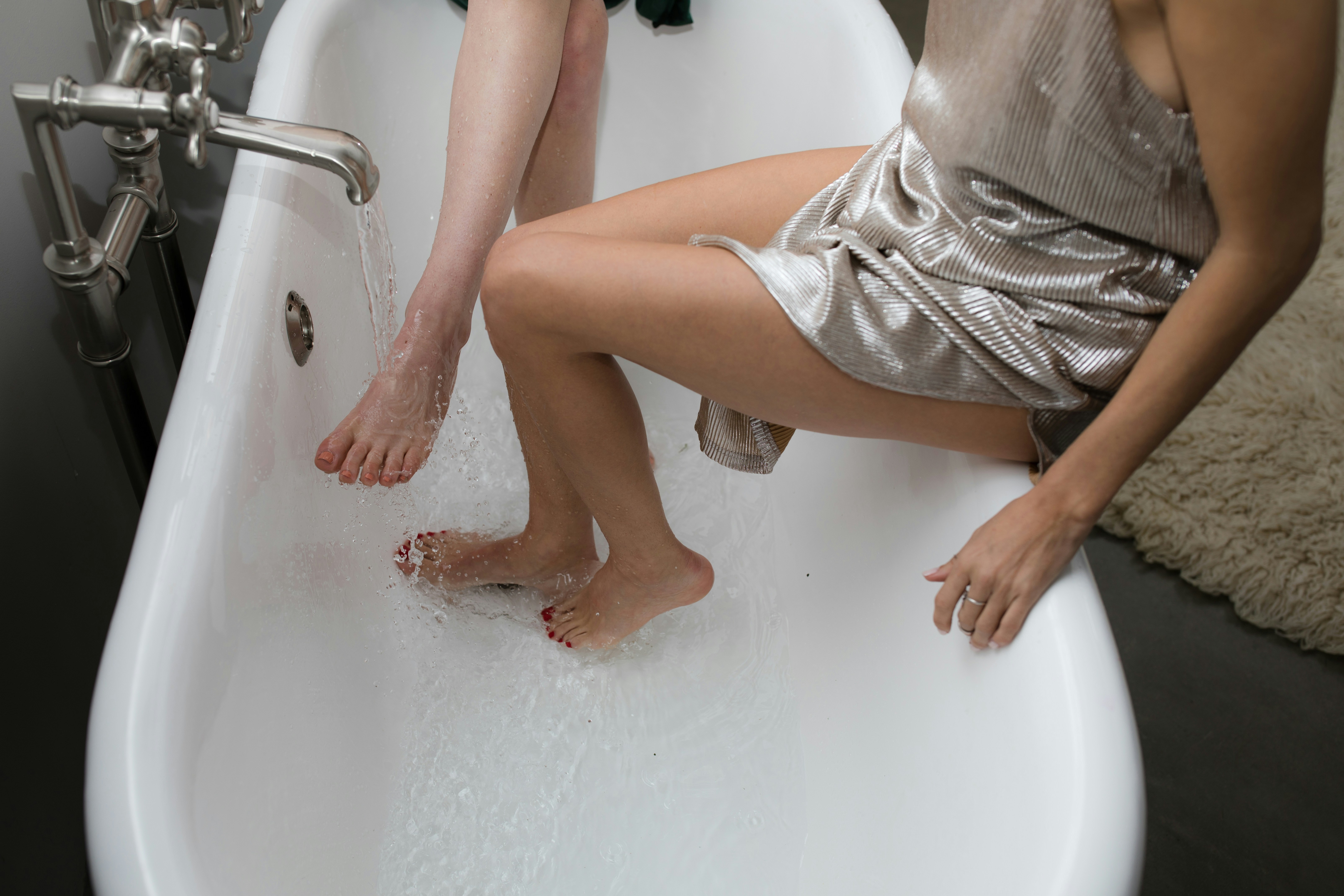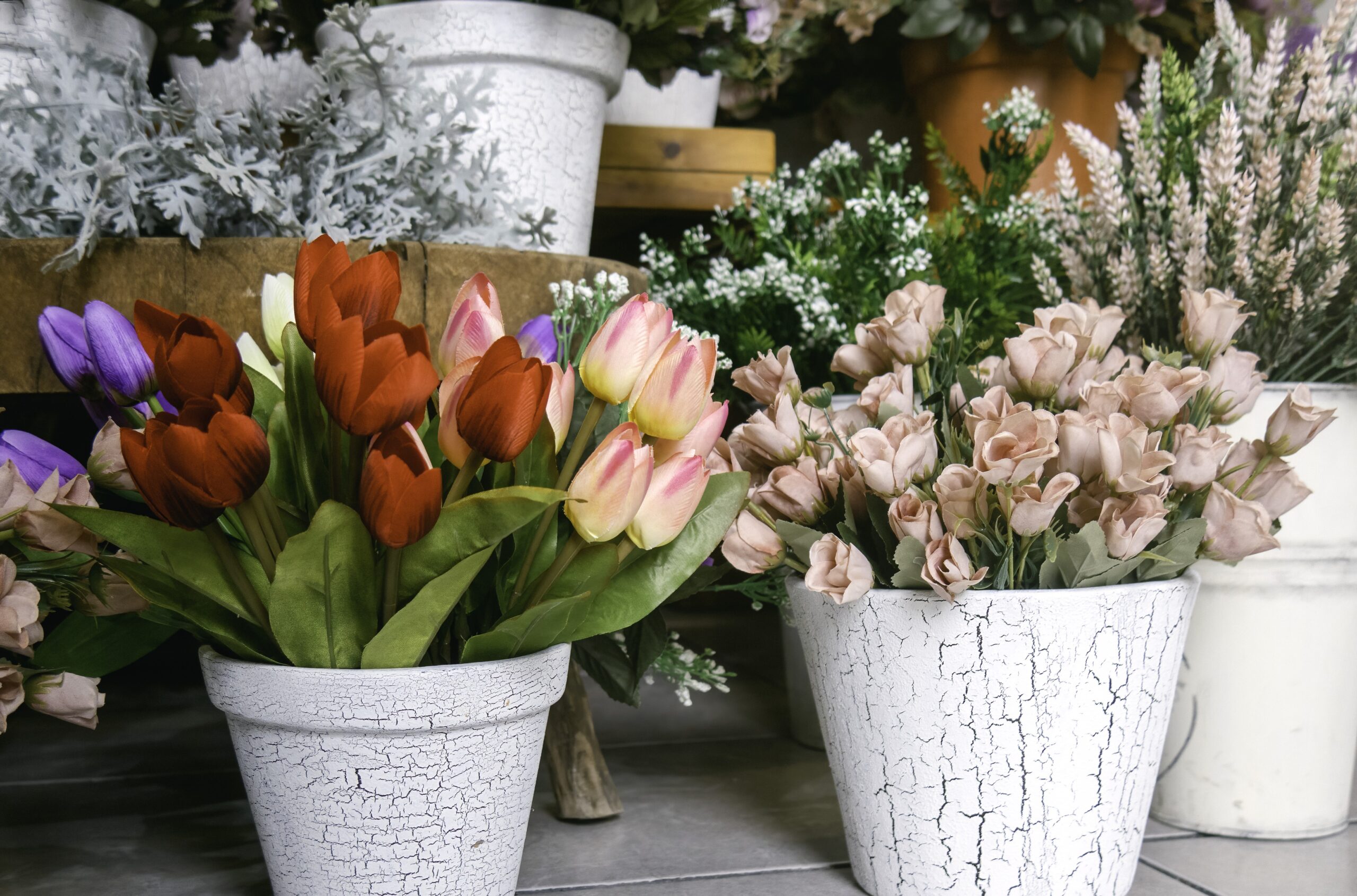Responsible for nearly a quarter of our body’s muscles, joints and bones, it’s crucial to take good care of our feet. We’re constantly on our feet, and the foot faces its fair share of problems: athlete’s foot, corns and calluses, fractures, sprains, and more issues. In addition to wearing comfortable shoes and participating in physical activities, getting pedicures are wonderful for increasing your foot’s health!
Here are a few benefits of getting pedicures:
Keeps Feet Clean
Your foot is exposed to more dust and dirt than you would expect; the risk of getting an infection or fungus is a scary idea, but incredibly realistic! When you’re getting a pedicure, safe, sterilized tools are used to properly clean your toes, heels, and feet. Not only are they getting a cleaning treatment, but they’re also getting exfoliated for ultimate moisture. Dry skin is never ideal to have, and that’s especially true with your feet!

Improves Blood Circulation
The massage that comes with the pedicure is wonderful for relieving built-up tension in your feet. By improving the blood circulation, heat is able to be spread not only through your feet, but the rest of your body! It’s always a win-win for reducing overall pain.

Reduces Stress Levels
The best part about getting a pedicure is honestly having the chance to sit back, relax and chill out while you enjoy the service! Pedicures can be very therapeutic. When your skin feels good, you can’t help but feel a little bit perkier; there’s a glow you receive from indulging in a spa-like treatment!
So now that we’re all schooled on the amazing benefits of pedicures, you’re probably wondering, “Well how often should I treat myself?” Dermatologist Dr. Dana Stern recommends that you get a pedicure once a month during the colder seasons. If you’re wearing your feet out more often in the spring and summer seasons, consider getting more frequently (every two to three weeks).
Understandably, going to a nail salon, spa or any other professional service so often can be tough on your pockets: as of 2019, the average price for a pedicure is $35.46. While it is fun to splurge on yourself every once in a while, it’s also extremely helpful to turn to the alternative option: DIY!

DIY is a great way to stick to a budget and to be as creative as you want to! To give yourself a pedicure at home, first, start with collecting these essential items:
- Towel
- Nail Clipper, Buffer, Nipper, and File
- Cuticle Oil and Remover
- Foot File/Pumice Stone
- Epsom salt
- Exfoliation Scrub and Foot Lotion
- Nail Polish and Toe Separators (optional)
Be sure to have those items on deck for a nice, clean soak. Looking to dazzle it up and really create an at-home spa? Consider investing in a small but luxurious foot spa to give you that great familiar sensation of being at the salon. Purchase a couple of essential foot bombs to enlighten your soak, or look through a couple of DIY recipes to craft your own. Once you’re finished with your pedicure, look into slipping into a pair of moisturizing socks just to get it that extra oomph!
Whether you’re prepared to do the treatment at home or if you’re skipping to your favorite salon, be sure to make time to show your feet some major love. The foundation you stand on is supposed to be supportive and sturdy; in a literal sense, your feet is that foundation supporting you! Taking excellent care of your feet is as essential as taking care of your skin overall. If you can’t remember the last time you’ve had a pedicure, now is a great time to treat yourself.








